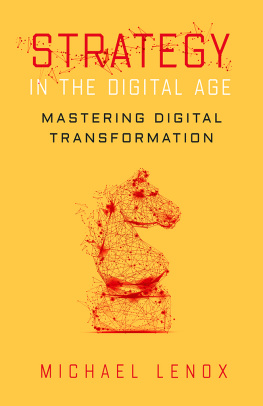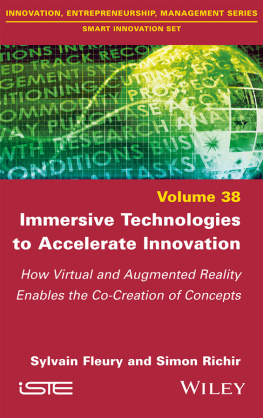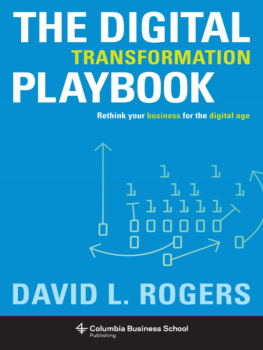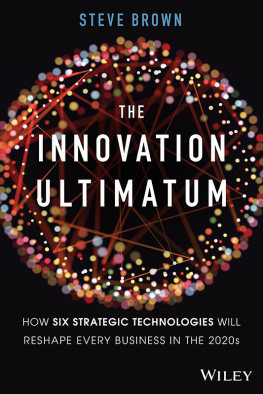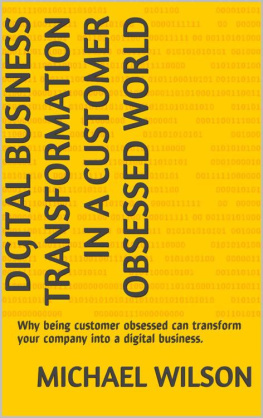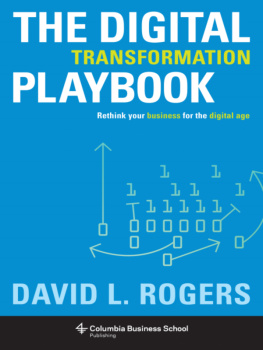Introduction
The most powerful person in the world is the storyteller. The storyteller sets the vision, values and agenda of an entire generation that is to come.
Steve Jobs
When the waters started receding off the coast of Meubola, Sumatra, the local people stared in fascination at the sea bottom it left behind. A little before that, a 9.1-magnitude earthquake had hit 30 kilometres below the bottom of the ocean, but as it was a few miles out, only a few people felt it. Little did they anticipate the monstrous 50-metre high wave that came in a few minutes later, engulfing the coast and decimating cities and populations.
I have been a business executive and entrepreneur in the technology world for the past twenty-five years, and there have been a few times when I myself have metaphorically seen the waters receding. There have been tectonic changes in the world over these past two decadesin customer expectations, environment, regulation, and above all, in technology. Each such change fundamentally reshapes the world of business. In recent years, these changes have only intensified on the Richter Scale, and some of them have resulted in massive waves that have wiped out large companies which either did not see them coming or did not change themselves to withstand them. Kodak, Blockbuster, Yahoo, Toys R Us and many more succumbed in these earlier tsunamis, while more nimble companies and start-ups like Amazon, Google, Netflix and Samsung, to name a few, took their place.
The upheavals shaking the ground beneath companies are even greater now. Customers are expecting everything better, cheaper or even free, and in realtime, and newer companies have emerged to offer them this choice. The Earth and its climate are changing around us, forcing companies to relook at their very business models and technology to quickly adjust. Regulation is tightening, and privacy, data and security have become top concerns for governments. Above all, disruptive technologies the likes of which we have not seen or could not anticipate have arrived or are already here. Artificial Intelligence (AI), blockchain, genomics, extended reality, 5G and the Internet of Things (IoT), drones and robotseach of them by itself is an earthquake; combined, they have the power to alter entire landscapes.
Companies are aware that the waters are once again receding.
In these past few years, I have had the opportunity to interact with hundreds of CEOs and CXOs of large diverse organizations across the world. Every single one of them is looking at the seafloor with a mix of trepidation and excitement, aware of the massive opportunities and existential threats that these new digital technologies and business models bring to them. However, most are unsure of what these technologies are, what needs to change, how and what they should do, and, most importantly, how theyd carry their people along with them. Many are not quite sure that they have the right skills, people and bandwidth to make these changes happen. George Westerman, a leader in the area of digital transformation and the author of the authoritative book Leading Digital , hits the nail on the head when he proposed the First Law of Digital Transformation: Technology changes quickly, but organizations change much more slowly.
Over the last few years, my job as a practicing chief digital officer and a digital transformation adviser, has been to work with these same people and try to make this transformation happen. I have spent more than a decade with the two largest diversified conglomerates in India, and a few years with a global technology company, before I struck out to be a digital transformation and technology adviser and consultant to large corporations. In my last corporate stint, I was driving digital transformation for the $20-billion Mahindra Group of companies, spanning across auto, agriculture, hospitality and financial services. Thus, my experience is of a practitioner, and my experience and stories of how to make these transformations happen come from the trenches, of having being there and done it.
The Tech Whisperer is the distillation of all this experience. Whisperers, as we know, are people who speak the language of the listeners and serve to allay their fears and prepare them for the challenges they face. The Tech Whisperer tries to do that too.
It really is a tale of two booksthe first part around digital transformation, and the second on the emerging technology forces that enable it.
The first part of the book (Chapters 1 through 7) is about digital transformation, the area I have dedicated myself to for the last many years. I started working with companies around digital transformation before it became a buzzword, and when you had to explain to people what it was. Many years have passed, but the challenge remains. While digital transformation is now a legitimate $2-trillion catchphrase, one still needs to explain to people what it is all about, and what it can do for their businesses.
Most people speak about digital transformation in one breath, as one word. The fact is that they are two very separate wordsdigital and transformation. Often, executives tend to focus much more on the digital bittechnology, processes, products, systems, gadgets. The digital part is perhaps sexier. Words like AI, machine learning, blockchain, social media carry an element of oomph. The transformation part, often, is an afterthought, since this is the more pedestrian and the tougher part of the equation and where the grunt work of changing an organizations culture and peoples mindsets and skills needs to be done.
There are many definitions of digital transformation, but my favourite one remains the one given by George Westerman of Massachusetts Institute of Technology (MIT): The use of digital technology to radically improve the performance and/or reach of a company. The definition is pithy; each word is important; and it has the goals and objectives built in. As we discussed earlier, there are tectonic changes happening around us. These changes are not linear, but exponential in nature. The fact is that customers have changed to keep pace with these revolutions, but organizations have not. Unlike consumers, they are weighed down with their culture, their peoples collective mindset, and most often, their past success.
In the first part of the book, I present the practitioners view of making this digital transformation happen in organizations.
My first chapter, The Twice Borns, tries to explain and demystify digital transformation. It explains the distinction between Born Digital companies like the Googles and Amazons of the world, and the companies which are trying to Become Digital, like the General Electrics (GE) and Burberrys of the world (much like the Brahmins in Hindu mythology, they have to be born more than once). The second chapter lays down the Ten Commandments of Digital Transformation. The genesis of this chapter lies in an article I wrote for


